
Do you have a question about the Campbell Hausfeld Electric Pressure Washers and is the answer not in the manual?
| Power Source | Electric |
|---|---|
| Voltage | 120V |
| Model | Varies by specific model |
| Pressure | Varies by specific model (typically 1300-2000 PSI) |
| Flow Rate | Varies by specific model (typically 1.2-1.6 GPM) |
| Nozzles Included | Varies by specific model (typically includes multiple nozzle tips) |
| Hose Length | Varies by specific model (typically 20-25 feet) |
| Weight | Varies by specific model (typically 30-50 lbs) |
Introduces safety symbols (DANGER, WARNING, CAUTION) and general safety principles for operating the pressure washer.
Lists essential safety precautions, including reading instructions, supervision, power disconnection, and familiarization with controls.
Explains the nature of double-insulated appliances and the need for qualified service personnel for repairs.
Warns against spraying flammable liquids, operating in explosive environments, and spraying electrical equipment.
Details risks of equipment damage, such as running the pump dry, using incorrect parts, or damaged hoses.
Provides critical safety guidelines for using extension cords, including type, condition, and size requirements.
Continues safety advice for extension cords, detailing acceptable sizes and lengths, and prohibiting damaged cords.
Explains how to adjust the nozzle to change the spray pattern from narrow high impact to wide fan spray.
Describes the function of the adjustable pressure nozzle for varying spray pressure, including settings for detergent use.
Provides steps for cleaning a clogged nozzle to restore proper water flow and prevent unit pulsation.
Recommends the ideal 45-degree angle for spraying water against a surface for effective cleaning without imbedding dirt.
Explains nozzle distance effects on impact and details steps to prevent surface damage using correct spray patterns.
Describes the turbo nozzle's function and cautions against its use on surfaces susceptible to damage from high-impact spray.
Outlines preparing the cleaning area, protecting surrounding items, and clearing furniture before starting operation.
Describes the initial rinse to clear dirt and grime, allowing detergent to work effectively on the surface.
Details how to apply detergents, covering units with and without detergent tanks and proper nozzle settings.
Explains how to perform the final rinse to remove all detergent and properly shut down the unit, including safety warnings.
Instructs on wiping down the unit after use and advises against storing it outdoors or in freezing conditions.
Provides tips for prolonging the unit's life, including avoiding dry operation, hot water, and improper detergent use.
Lists possible causes for the pressure washer not starting and provides corrective actions.
Addresses issues with insufficient or inconsistent water pressure, detailing causes and solutions.
Explains why the motor might stop unexpectedly and offers corrective actions, often related to thermal overload.
Covers troubleshooting for no detergent suction, whether the unit has tanks or attachable applicators.
Provides guidance for when the unit's motor begins to smoke, typically indicating overheating or damage.
Details the warranty period for different duty types and specifies what is covered under the limited warranty.
Lists items and conditions not covered by the warranty, including accidental damage, misuse, and normal wear items.
Outlines the obligations of both the purchaser (proof of purchase, care) and the warrantor (repair/replacement).


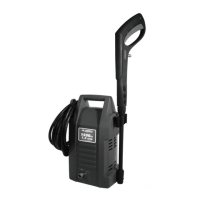
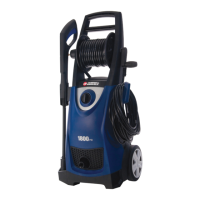

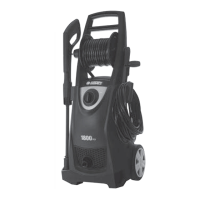


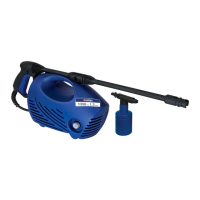
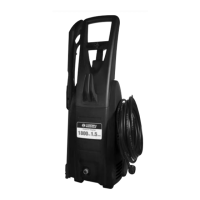
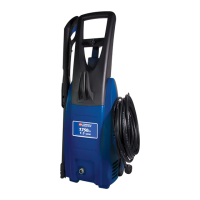
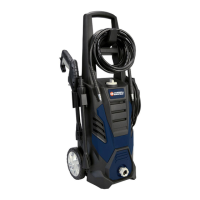
